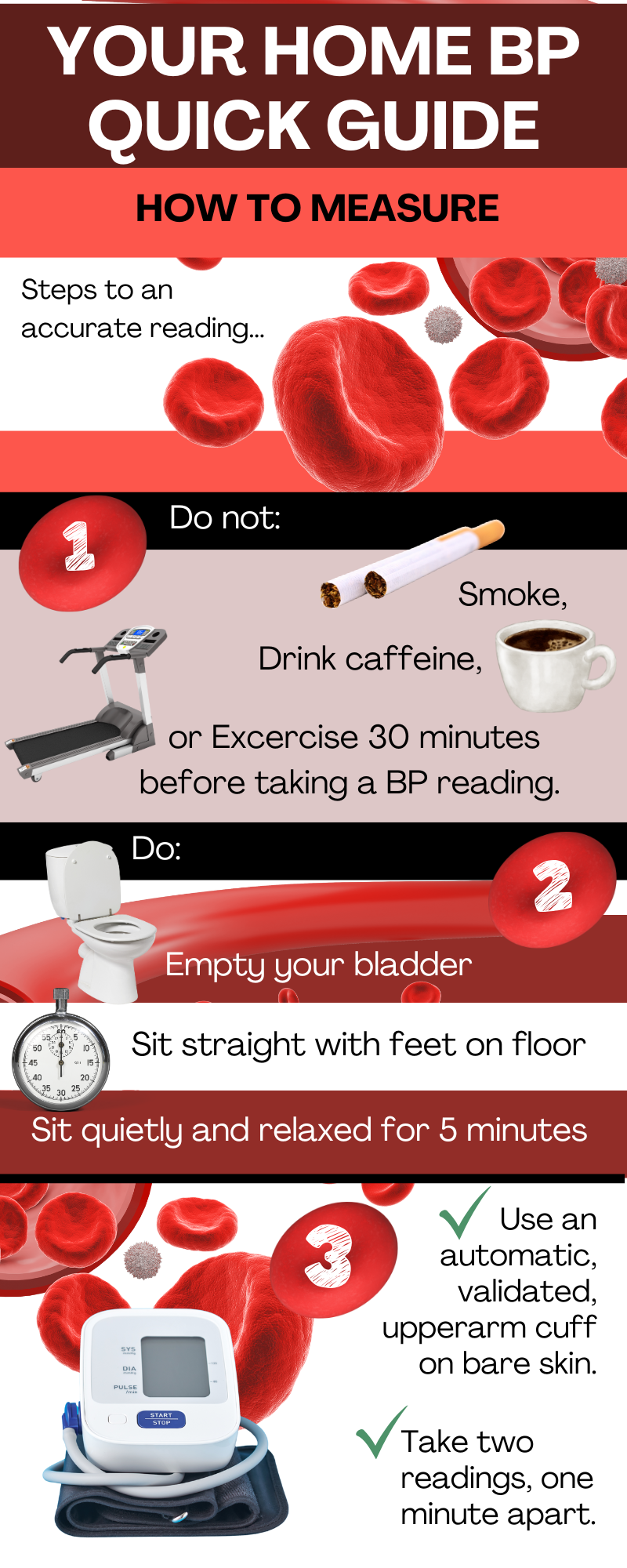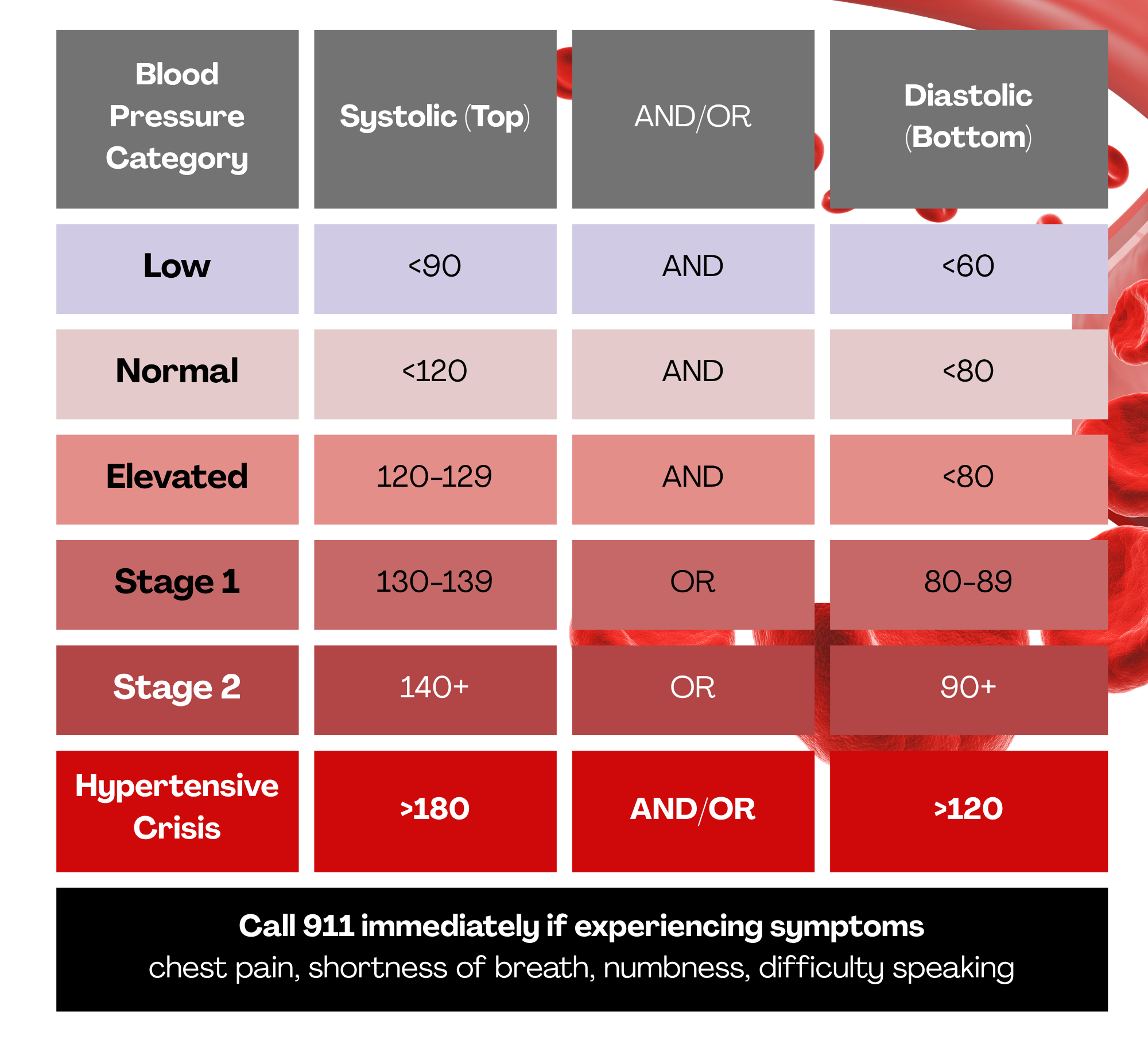Hello Readers and Friends!
How far would you go to prevent a stroke? What if your doctor could predict it before it happened? What if a home device could do the same?
A recent study highlights that more than 99% of people who had a stroke, heart attack, or heart failure had at least one of four major risk factors: high blood pressure, high LDL cholesterol, uncontrolled blood sugar, or a history of tobacco use. Of these, uncontrolled high blood pressure (hypertension) remains the most common predictor. If you have uncontrolled high blood pressure, you are at a much higher risk of suffering a stroke, heart attack or heart failure.
The Critical Link: Why Blood Pressure Leads to Brain Damage
High blood pressure (hypertension) constantly puts stress on the arteries that supply blood to your brain. Over time, this causes arteries to weaken and either burst (hemorrhagic stroke) or clog (ischemic stroke). Controlling your blood pressure is the single most important step in prevention.
Your 3-Step Prevention Plan…
Protecting yourself against stroke involves consistent, simple steps:
Monitor Your Pressure:
This is the most effective way to manage your risk factors. Use an automated, upper-arm monitor. (See the Infographic above for a quick start guide on how to take an accurate reading.)
Commit to Lifestyle Defense:
Prevention is in your hands. Adopt a heart-healthy diet, exercise regularly, minimize alcohol use, and commit to being completely tobacco-free. These actions help control the four major risk factors—hypertension, uncontrolled blood sugar, high LDL cholesterol, and tobacco use.
Know the Warning Signs:
Even with the best care, life-threatening events can happen. Learn the common stroke warning signs (B.E.F.A.S.T.: Balance issues, Eye changes, Face drooping, Arm weakness, Speech difficulty … Time to call 911).
Important Note:
While hypertension is a major risk factor, remember that not all stroke or heart attack victims suffer from high blood pressure. There are other causes of stroke – atrial fibrillation, high cholesterol, and genetics. Furthermore, excessively low blood pressure can also be dangerous, leading to dizziness, fainting, or inadequate blood supply to the brain. The infographic below provides general guidelines based on leading sources, but always consult your healthcare professional to find your safe, target blood pressure range.



